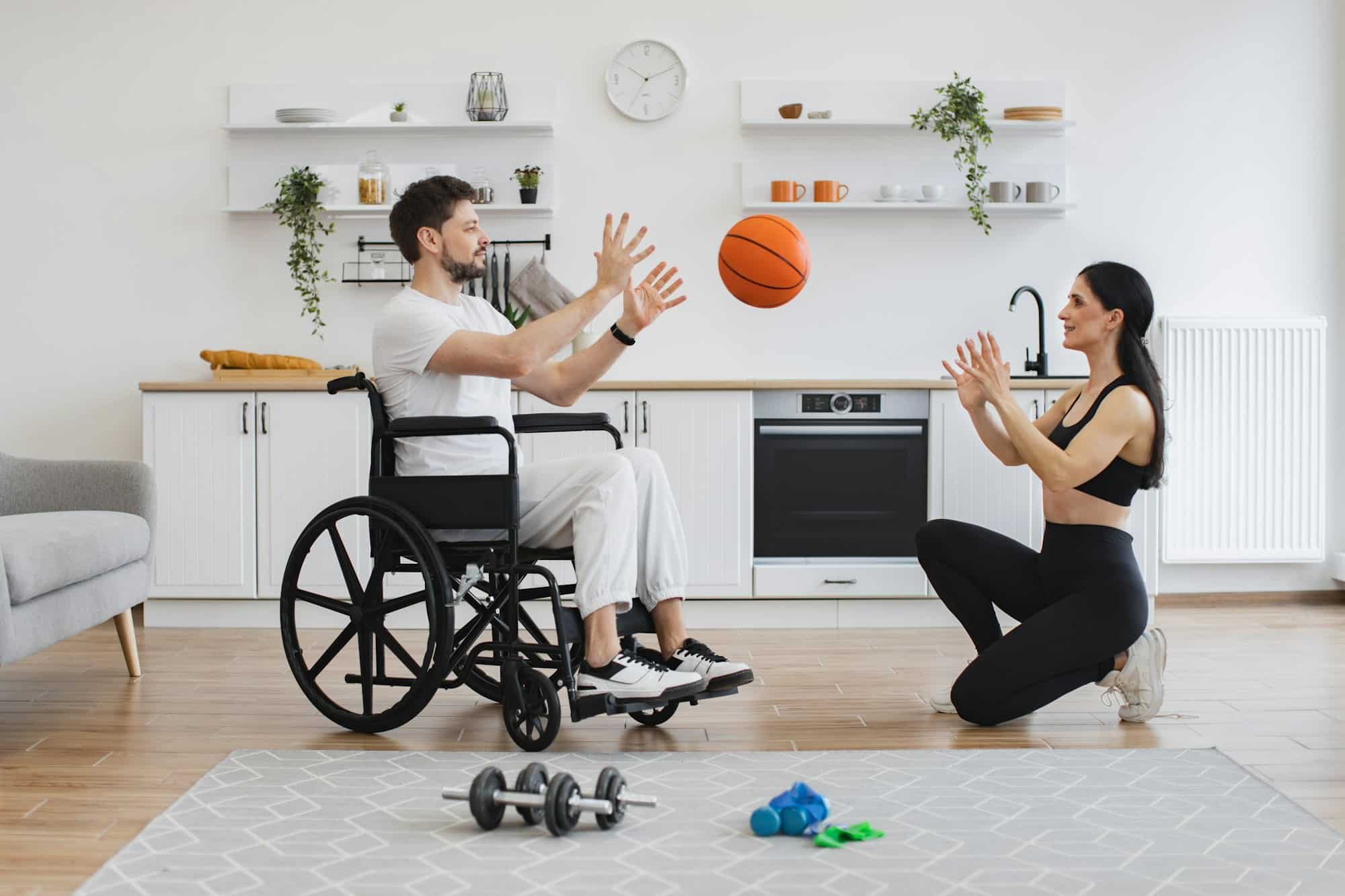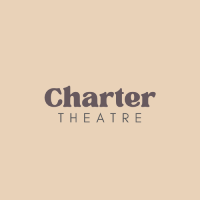What Are the Implications of VR-Based Rehabilitation for Stroke Survivors on Neuroplasticity and Motor Recovery?

In recent years, the use of Virtual Reality (VR) in various fields has gained considerable attention. One such field is rehabilitation. Particularly, VR-based rehabilitation for stroke survivors has shown promising results. This article will delve into how VR-based rehabilitation could affect neuroplasticity and motor recovery in stroke survivors.
The Role of Virtual Reality in Rehabilitation
Traditionally, rehabilitation for stroke survivors was confined to physical therapy sessions. However, with advancements in technology, virtual reality has opened up a new avenue for therapeutic intervention.
In the same genre : Can Customized Acoustic Environments in Workspaces Reduce Stress and Enhance Productivity?
VR-based rehabilitation creates an immersive, interactive environment that enables patients to engage in tasks and activities that may be too challenging or risky in the physical world. It promotes a safe and controlled environment where patients can practice and develop their motor skills.
Several studies have highlighted the potential benefits of VR in rehabilitation. According to an article published on PubMed, VR-based motor training has led to significant improvements in both gross and fine motor skills among stroke patients.
Also to see : Can Exposure to Visual Arts Reduce Blood Pressure and Improve Emotional Well-being in Hypertensive Patients?
The Interplay between VR Therapy and Neuroplasticity
Neuroplasticity refers to the brain’s ability to reorganize itself by forming new neural connections throughout life. This characteristic plays a crucial role in stroke recovery, as it allows the brain to compensate for injury and adjust to new situations or changes in the environment.
Scholars and researchers have examined the effects of VR-based rehabilitation on neuroplasticity. A study published on Crossref revealed that VR therapy could stimulate neuroplastic changes in stroke patients. This is because VR environments demand cognitive and physical engagement, which prompts the brain to form new neural pathways.
Moreover, the interactive nature of VR therapy could also lead to enhanced cognitive recovery. In a Google Scholar article, it was noted that stroke patients who underwent VR-based cognitive training showed improvements in attention, memory, and executive functions.
Virtual Reality and Motor Recovery
Studying the implications of VR-based therapy on motor recovery in stroke patients has yielded promising results. In the field of upper limb recovery, for instance, VR intervention has been shown to enhance motor function and control.
A study indexed in PubMed reported that VR-based training resulted in enhanced motor recovery in the upper limbs of stroke patients. The study attributed this improvement to the compelling, task-specific, and repetitive nature of the VR tasks, which mirror the principles of motor learning and neuroplasticity.
Moreover, VR-based therapy provides real-time feedback, which is crucial in motor learning and recovery. Feedback allows patients to adjust their movements and strategies, leading to improved performance and better outcomes in motor recovery.
Drawbacks and Future Perspectives of VR-Based Rehabilitation
While the implications of VR-based rehabilitation for stroke survivors are promising, it is essential to consider potential drawbacks. Some patients may experience cyber sickness, which can manifest as dizziness, nausea, or disorientation. Additionally, the high cost of VR equipment may limit its accessibility.
However, with advancements in technology and increasing evidence of the benefits of VR-based rehabilitation, it is likely that it will become more prevalent in the future. As more studies emerge to support the positive impact of VR on neuroplasticity and motor recovery, it will continue to be a valuable tool in the field of stroke rehabilitation.
Further research is needed to explore the long-term effects of VR-based rehabilitation and to optimize its use in the rehabilitation field. This includes determining the appropriate dosage of VR therapy, exploring the effects of different VR environments on recovery, and investigating its use alongside traditional rehabilitation approaches.
As our understanding of VR-based rehabilitation continues to grow, so does its potential to transform the way we approach stroke recovery. By leveraging the immersive and interactive nature of VR, we can create rehabilitation strategies that are more engaging, effective, and tailored to the needs of individual patients. This holds great promise for improving the quality of life and recovery outcomes for stroke survivors around the world.
Integration of VR-Based Rehabilitation in Clinical Practice
Currently, VR-based rehabilitation is not an established practice in all healthcare settings. However, considering the evidence supporting its effectiveness in stroke recovery, there is potential for its integration into clinical practice.
Adoption of VR-based rehabilitation programs in healthcare clinics would necessitate the acquisition of VR equipment and subsequent training of staff to administer and oversee the therapy sessions. There is indeed an upfront cost associated with this, but the long-term benefits to patients’ recovery outcomes could justify this investment.
Furthermore, the use of VR in rehabilitation aligns with the trend towards personalised medicine. The VR environment can be tailored to each patient’s abilities and recovery goals, allowing for a highly individualised approach to rehabilitation. This is a significant advantage over traditional rehabilitation methods, which are often one-size-fits-all.
Moreover, the real-time feedback provided in VR-based rehabilitation could enhance the role of therapists. They would be able to monitor patients’ progress more effectively and make data-driven adjustments to the therapy program, enhancing the recovery process.
Despite potential obstacles like access to technology and patients’ ability to adapt to the VR environment, the potential benefits to stroke recovery are too significant to ignore. As more healthcare facilities adopt this technology and more research is conducted, the integration of VR-based rehabilitation into clinical practice is likely to increase over time.
Conclusion: The Future of VR-Based Rehabilitation for Stroke Recovery
In conclusion, the use of VR in rehabilitation presents an exciting frontier in stroke recovery. The potential of this technology to enhance neuroplasticity and motor recovery is becoming increasingly evident, and the incorporation of VR-based rehabilitation into clinical practice would represent a significant step forward in the field.
However, as with any novel approach, there are hurdles to overcome. Continued research is crucial to establish the best practices for VR-based rehabilitation and to gain a deeper understanding of its long-term effects on stroke recovery. Cyber sickness and the cost of VR equipment present challenges, but these are not insurmountable.
The stroke survivors stand to gain a lot from this innovative approach to rehabilitation. The immersive and interactive nature of VR has the potential to stimulate neuroplasticity, enhance motor recovery, and ultimately improve the quality of life for these patients.
As technology continues to evolve and become more accessible, it is likely that VR-based rehabilitation will play an increasingly prominent role in stroke recovery. The future of VR-based rehabilitation is promising, and with continued research and technological advancement, stroke rehabilitation could be revolutionised, offering hope and improved outcomes for stroke survivors around the world.
